LIGO Gravitational Observatories
Friday, 19th March 2010 by Ian Brown
These two huge L-shaped structures visible at a very low zoom level are the LIGO (Laser Interferometer Gravitational-Wave Observatory) facilities in Livingston, Louisiana and Hanford, Washington.
Each arm of the structures is 4km in length, making them longer than the Stanford Linear Accelerator Centre we visited some time ago here on Google Sightseeing, which is the longest building in the United States. However, the LIGO structures appear to be low concrete tunnels, so aren’t officially buildings.
The observatories are an attempt to detect cosmic gravitational waves, the existence of which was predicted by Einstein in 1916. Almost 100 years later, scientists are still searching for direct evidence of these waves which are thought to originate from supernovas and other astrophysical events.
The science involved is far beyond the comprehension of this writer (who failed high school physics) but here’s what I can figure out. Lasers housed in the main building at each complex (Livingston, Hanford) pass through ultra high vacuums housed in each of the tunnel arms and bounce back-and-forth on mirrors at the end of each arm a number of times.
Along the way they pass through interferometers before returning to the main building. If a gravitational wave happens to hit the Earth during this process, the laser beams will be out of step with each other, allowing the wave to be measured. The 3,002km distance between the observatories is equivalent to 10 milliseconds at the speed of light, which would allow triangulation of the source of any waves detected.
However, the measurements involved are so incredibly minuscule that the one of the main challenges faced by the scientists is learning how to distinguish actual wave measurements from random movements in the mirrors caused by minor earth tremors, vehicles on nearby roads, or (one assumes) something as simple as a mouse running over the concrete tube.
I'm totally out of my depth once I start reading about alteration of space-time, cosmic strings and other wonders, so if you want to learn more, Wikipedia is a good place to start, while the official LIGO site has options ‘for scientists’ and ‘for all’. There's also an introductory video on Youtube.
Thanks to punk floyd, Joel Koerwer, Nicolas Ward and Rich Holmes.
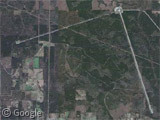
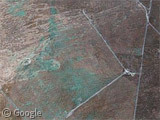
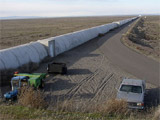
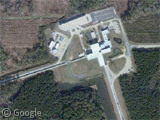
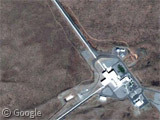
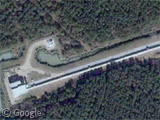
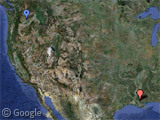
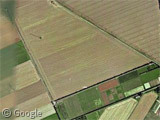

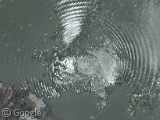
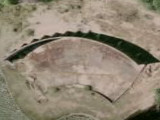
Sharing statistics
Share this site